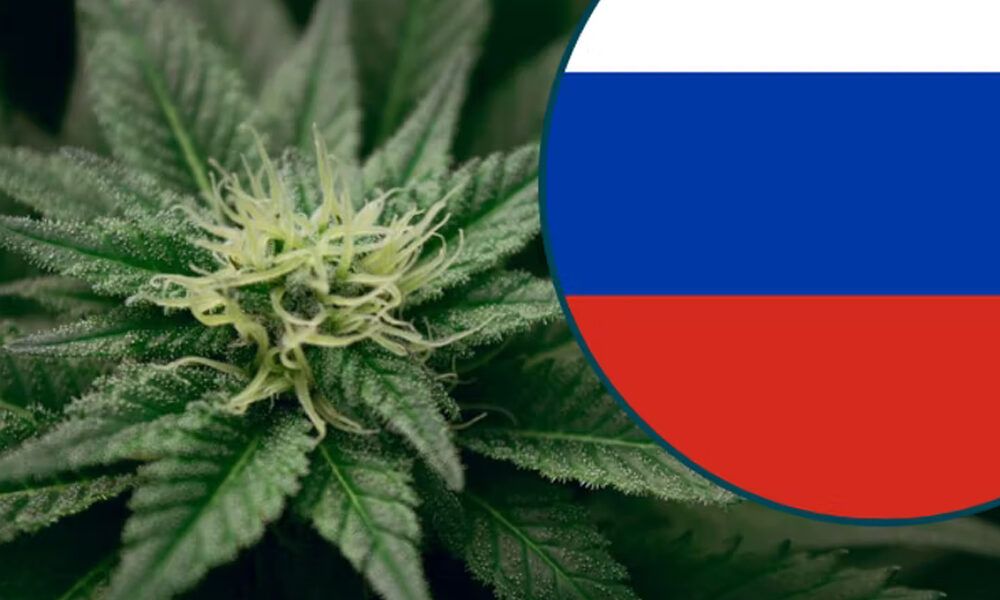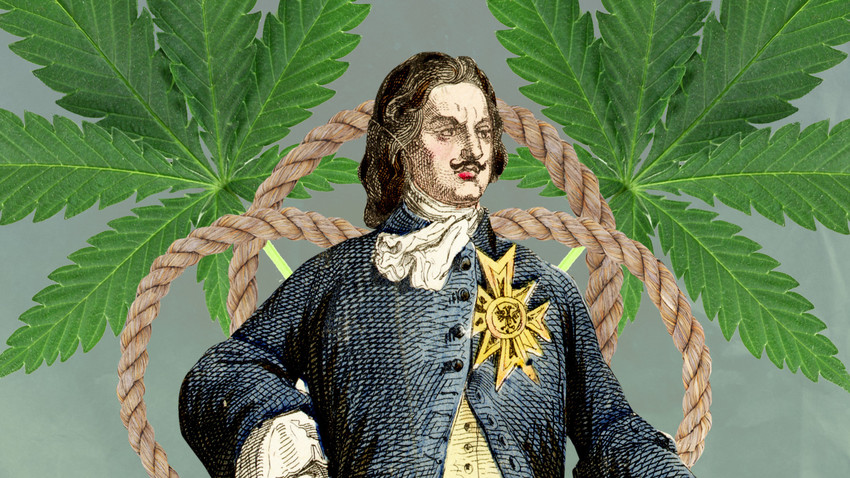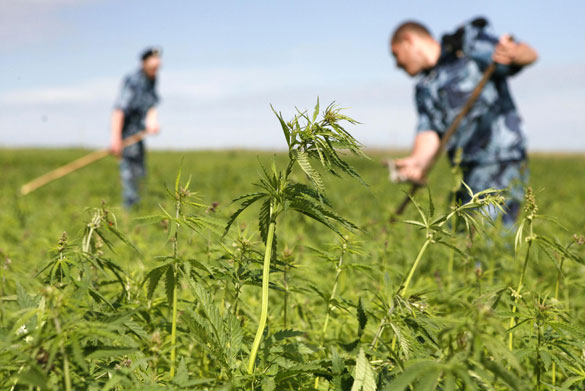
America, Russia, Hemp and the Ukraine
Russia, the Ukraine, the United States and hemp have long had an interesting relationship. John Quincy Adams, as the American Minister in St. Petersburg, wrote an article on the culture and preparation of hemp in Russia. This he penned in 1810, 14 years before winning one of the most contentious elections in history to take up residence in the White House.
In his day, navies ruled the seas, and Russia was the number one provider of hemp to the maritime powers. Countries like Britain needed vast supplies of rope and sail to stay afloat. A 1797 record of its hemp purchases states that “no less than 40,000 tonnes” were imported from Russia.

Napoleon saw fit to thwart Britannia’s rule by making an agreement with the Czar that he would sell no hemp to the ‘rosbifs’. The French and Russian rulers had often been at odds, but after meeting on a raft in the middle of the Neman River, they found common ground when Napoleon I told Alexander I that he hated the British as much as he; the Russian replied “with those words we will ever be friends.” That was in 1807. By 1812, the beautiful friendship had come to an end over the issue of hemp, which the Russians were selling secretly to France’s enemy. Ships with flags other than the Union Jack would purchase this staple and then transport it to London and Liverpool. Napoleon was not fooled by the ruse, but rather, enraged; he ordered his troops to invade Moscow in the fall. They came to the city, followed by an early winter. The unusually cold weather, along with the Russian swordsmen, deprived France of 500,000 men. Invasions often don’t work out.
At that time, the Ukraine was included in Russia, and took part in the cultivation of hemp. During the Russian Revolution era, it made a bid for independence, going so far as to issue its own stamps. None of them were ever put to use, as the Ukraine’s autonomy was cut short and it remained a part of Mother Russia. After the Bolshevik Revolution, Glokhiv, a city in the Ukraine, became home to the Institute of Bast Crops. Founded in 1931, when the Ukraine was part of the CCCP, it was renamed in 1992; presently it is known as the Institute of Bast Crops of the Ukrainian Institute of Bast Crops. With the guidance of that institution, hemp production reached a peak of 974,000 hectares under cultivation in 1960. But as world demand decreased, that figure dwindled to 60,000 hectares in 1993. By which date, the Ukraine was an independent nation. Again, it issued its own stamps, which have been in use ever since.

As for hemp, the Ukraine has been providing the world with hemp products including oil, which, until this past month, was available in New York.
There is concern that all Ukrainian and Russian hemp products will not be available here. And that concern is not limited to hemp products. The Ukraine is the bread basket of Europe and sells much to Asia and Africa. Soybeans, wheat, maize, honey, buckwheat, rye, barley and other staples – along with fertilizer – are expected to be in short supply.
The world turns its eyes on these northern nations for basic supplies, as it did for centuries in the case of what was once the world’s most traded commodity – hemp.
Which can be grown quite well outside of the frigid regions of the north. The American south, Texas included, grew hemp. Kentucky led the nation in this effort, and cotton growers even sowed hemp before planting cotton to rid the fields of pests.
But despite the widespread US cultivation of hemp, Yankees paid top dollar for Russian. Which led to a lively debate in the House, where it was explained that Russian hemp was processed to a higher grade, allowing it to be of use to the US Navy. Practicality prevailed over patriotism. The attempt of some congressmen to impose sanctions on Russian imports failed.
Britain also paid a top price to the Czar, of which then Duke of Wales (later King George IV) expressed concern in 1810. At that time over 5 million pounds sterling were spent on Russia’s hemp. More attention to this issue was paid by Lord Somerville, but since transport costs by ship from Riga and St. Petersburg were much less than domestic overland transport costs, Moscow continued to hold the West to ransom over hemp, until the day of steam and metal ships made hempen sails redundant. A further reduction in hemp demand for the navies occurred when Manila hemp, or abaca, was found to work well in rope production.
Russia, and the Ukraine, have since found other products that occasion debate in Western parliaments. In place of ships laden with hemp, Russia has pipelines pumping energy to most UE nations, while the Ukraine, which produces a major percentage of the world’s neon, used in semi-conductors, causes major concern in manufacturing circles. Its fate affects us all.
Farmers everywhere prepare for a bad situation. Hopefully, the Ukraine will be able to sow its fields this spring so that wheat, maize, sunflowers, rye and barley will be available to the world, and along with these staples, коноплі, as hemp is called in that land, will also be included in the harvest for 2022.
featured, Napoleon Cannabis, Russian Hemp, Russian Hemp Czar, Russian War, Texas Hemp and Cannabis, Texas Hemp News, Texas Hemp Reporter, Ukranian CAnnabis


